A World of Color and Complexity: Exploring the Cichlid Family
Cichlids represent one of the most diverse fish groups on Earth, captivating biologists and aquarium enthusiasts alike. With more than 1,600 known species, they showcase an astounding range of colors, shapes, and behaviors. This guide delves into the fascinating world of cichlids, covering their habitat, evolution, behavior, and their intricate relationships with ecosystems and humans.
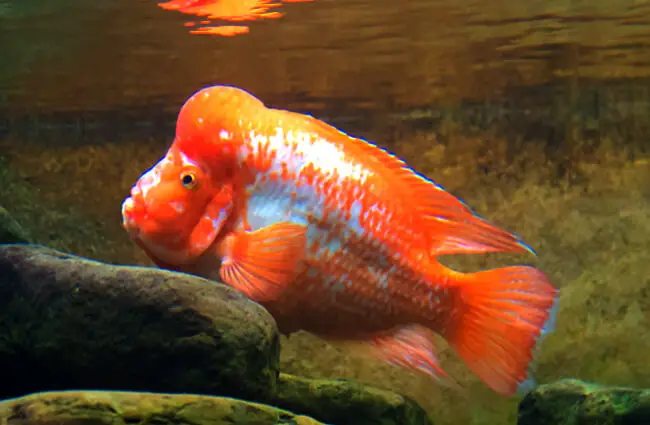
Habitat and Distribution
Cichlids are found in Africa, South America, Central America, and a few species are native to Asia. The vast majority of species reside in Africa’s Great Lakes – Victoria, Malawi, and Tanganyika – which are renowned for their incredible cichlid diversity. South America also boasts a significant number of species, particularly in the Amazon and Orinoco river basins. These fishes occupy a wide array of freshwater habitats, including rivers, lakes, and streams. They are remarkably adaptable, thriving in everything from murky, oxygen‑poor swamps to clear, rocky shorelines. Some species even tolerate brackish water.
A History of Rapid Evolution
The evolutionary history of cichlids is a compelling story of adaptive radiation. Scientists believe the family originated around 50 million years ago, but it was the relatively recent rise of the African Great Lakes that truly fueled their diversification. Within just a few million years, hundreds of species evolved in each lake, specializing in different ecological niches. This rapid evolution is linked to a unique anatomical feature: pharyngeal jaws. These are a second set of jaws located in the throat, allowing cichlids to process food in a variety of ways, contributing to niche specialization and reduced competition. The ability to specialize on different food sources – algae, insects, snails, and even other fish – drove the incredible diversity observed today.
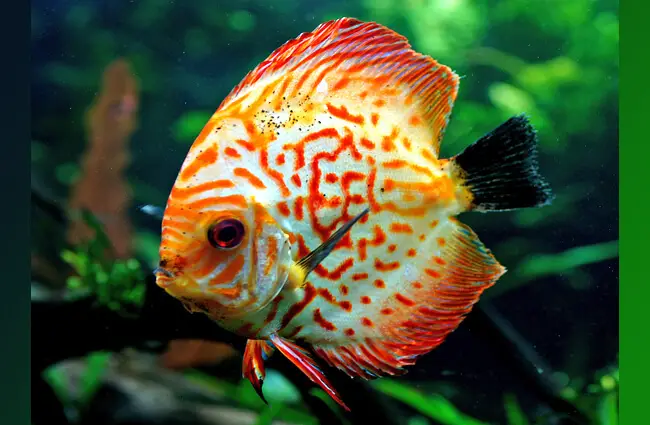
Diet and Feeding Strategies
Cichlid diets are extraordinarily diverse. As mentioned previously, this is a key driver of their evolutionary success. Some species are herbivorous, scraping algae off rocks and plants. Others are insectivores, actively hunting insects and larvae. Still others are piscivores, preying on smaller fish. Some species are even specialized snail eaters, utilizing their pharyngeal jaws to crush snail shells. A fascinating example is the scale‑eating cichlids of Lake Tanganyika, which nip scales off other fish, causing irritation but rarely serious harm. This unique feeding strategy allows them to obtain nutrients directly from their prey’s tissues.
Mating and Reproduction
Cichlid reproductive strategies are renowned for their complexity and parental care. Most cichlids are monogamous, forming lasting pair bonds. They typically reproduce in a defined territory, often a cave or a cleared patch of substrate. Many species are mouthbrooders, the female (and sometimes the male) incubates the eggs in her mouth, protecting them from predators. During this time, she won’t eat, relying on stored energy reserves. Once the fry hatch, they remain in the mother’s mouth for several days, receiving protection and care. This high level of parental care significantly increases the survival rate of the offspring. The level of care can vary; some species exhibit elaborate nest building and guarding behaviors.
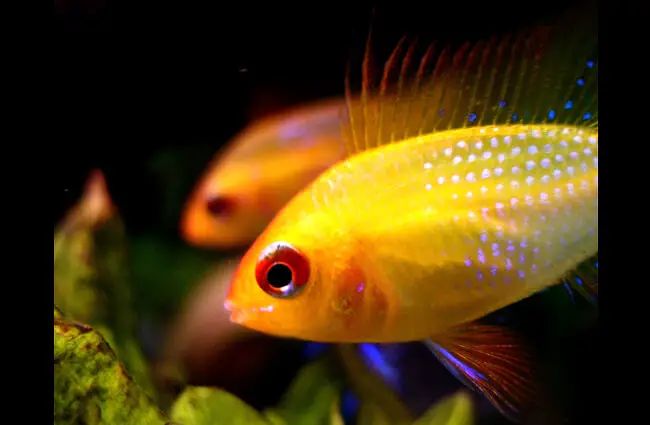
Ecological Roles and Interactions
Cichlids play vital roles in their ecosystems. As both predators and prey, they contribute to the balance of the food web. Piscivorous cichlids help control populations of smaller fish, while herbivorous species influence algal growth. They are also important prey for larger predators, such as birds and reptiles. Cichlids also interact with other fish species, competing for resources and sometimes engaging in symbiotic relationships. For example, some cichlids will clean parasites off other fish, receiving a meal in return. Their impact on ecosystems is such that their disappearance can lead to significant ecological changes.
Cichlids and Human Culture
Cichlids have a long history of interaction with humans. In some parts of the world, they are a vital source of protein, providing food for local communities. Tilapia, a type of cichlid, is one of the most widely farmed fish in the world. Cichlids are also popular aquarium fish, admired for their vibrant colors and interesting behaviors. The aquarium trade has contributed to both conservation efforts and potential threats to wild populations, highlighting the importance of responsible sourcing and sustainable practices.

Encountering Cichlids in the Wild
If you are traveling in regions where cichlids are native, you may have the opportunity to observe them in their natural habitat. In Africa, the best places to see cichlids are the Great Lakes Victoria, Malawi, and Tanganyika. South America’s Amazon and Orinoco basins also offer excellent viewing opportunities. When observing fish in the wild, remember to maintain a respectful distance and avoid disturbing their habitat. Never attempt to capture or handle wild fish.
Cichlid Care in Captivity
For aquarium enthusiasts, cichlids offer a rewarding but demanding challenge. Different species have different requirements, so it is important to research the specific needs of the species you intend to keep. Generally, cichlids require a spacious tank with plenty of hiding places and appropriate water parameters. Regular water changes and a balanced diet are essential for maintaining their health. It is important to avoid overcrowding and to provide appropriate tank mates, as some cichlids can be aggressive towards other fish.
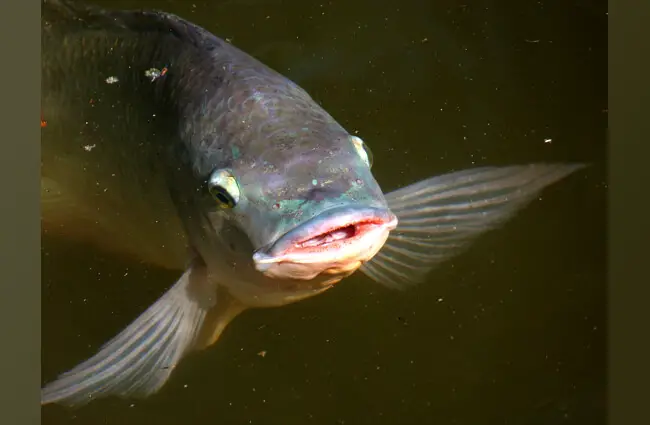
Fascinating Cichlid Facts
Here are a few more intriguing facts about cichlids:
- Some cichlids can change color based on their mood or environment.
- Certain species exhibit complex social hierarchies and cooperative behaviors.
- Cichlids have remarkably efficient immune systems.
- The diversity of cichlids in the African Great Lakes is considered a prime example of adaptive radiation.
- Some cichlids are capable of making tools, using rocks to crack open snails or other prey.
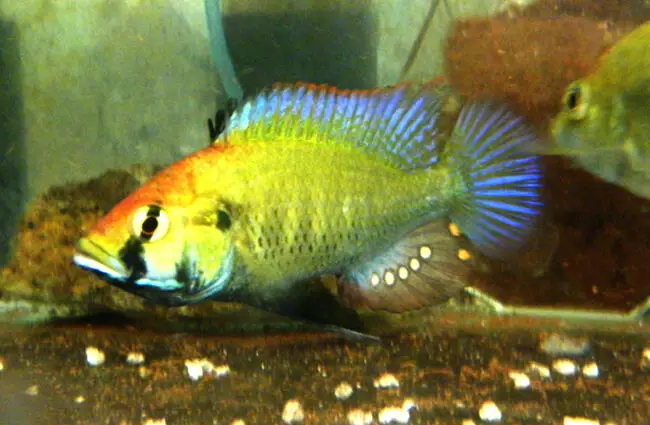
The world of cichlids is a testament to the power of evolution and adaptation. These remarkable fish continue to captivate scientists and enthusiasts alike, offering endless opportunities for discovery and appreciation.

![Red Angus Closeup of a beautiful Red Angus cowPhoto by: U.S. Department of Agriculture [pubic domain]https://creativecommons.org/licenses/by/2.0/](https://animals.net/wp-content/uploads/2020/03/Red-Angus-4-238x178.jpg)



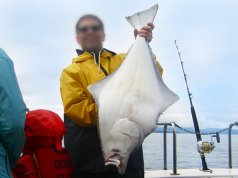
![Red Angus Closeup of a beautiful Red Angus cowPhoto by: U.S. Department of Agriculture [pubic domain]https://creativecommons.org/licenses/by/2.0/](https://animals.net/wp-content/uploads/2020/03/Red-Angus-4-100x75.jpg)

